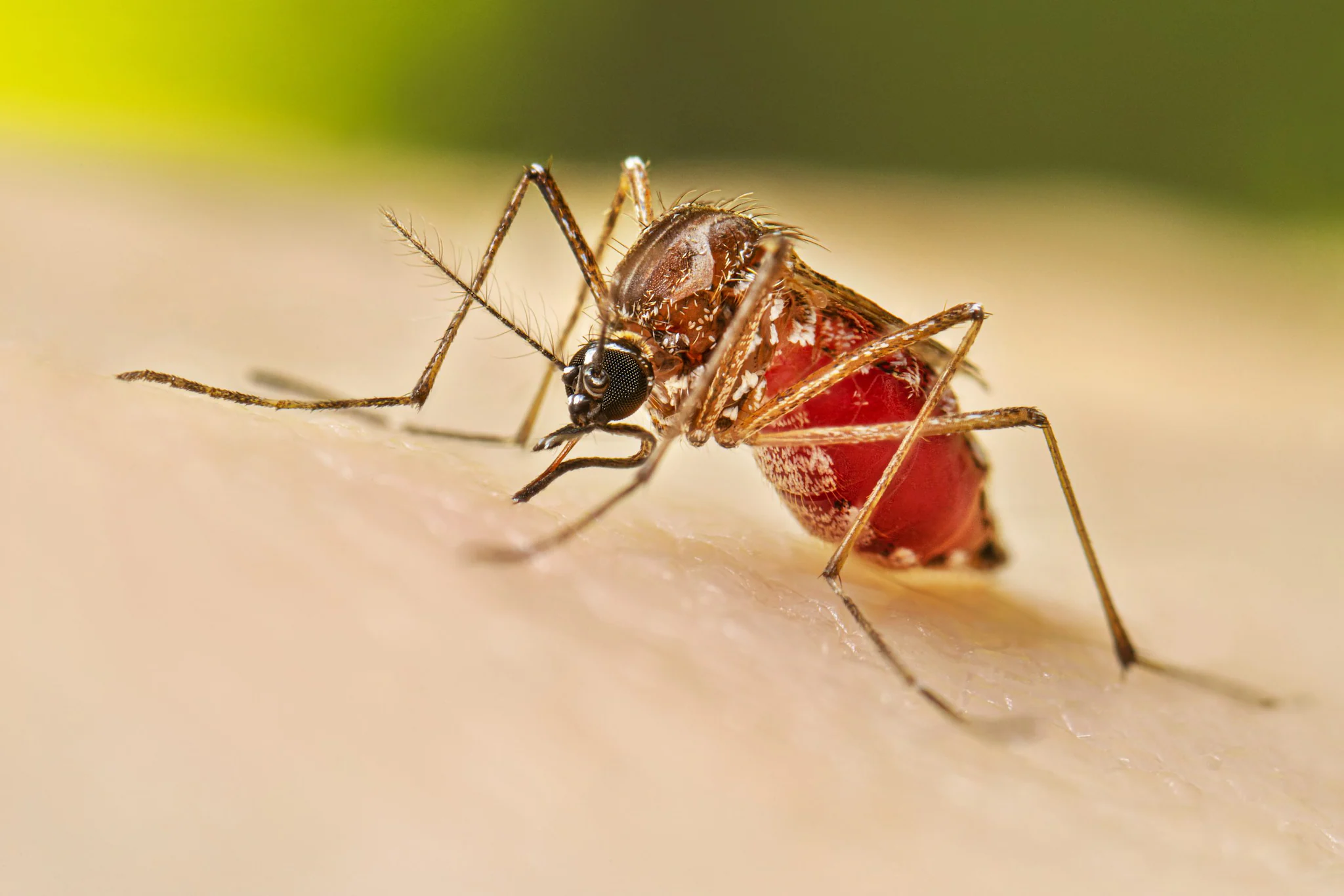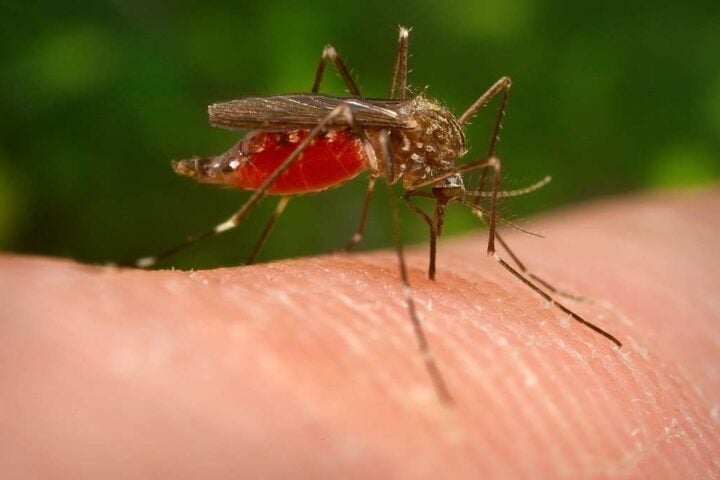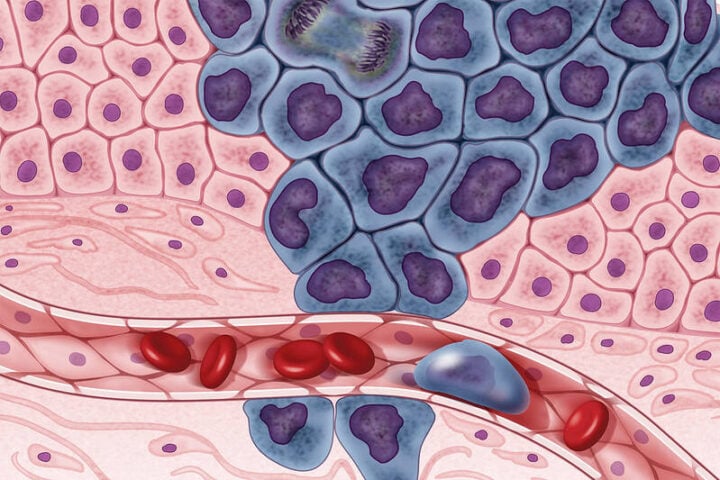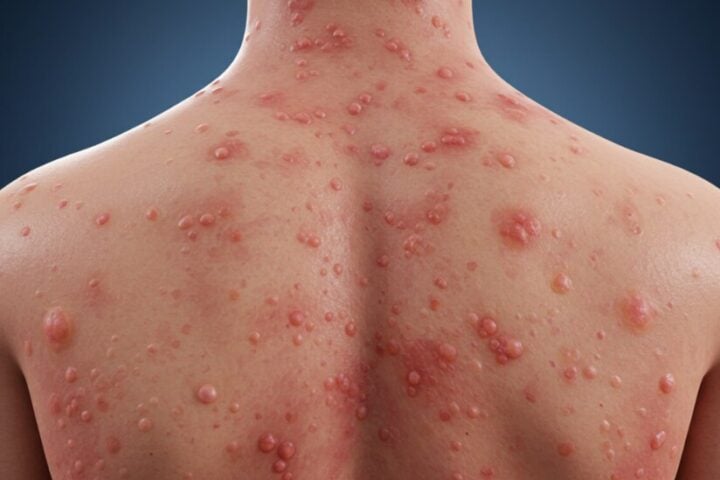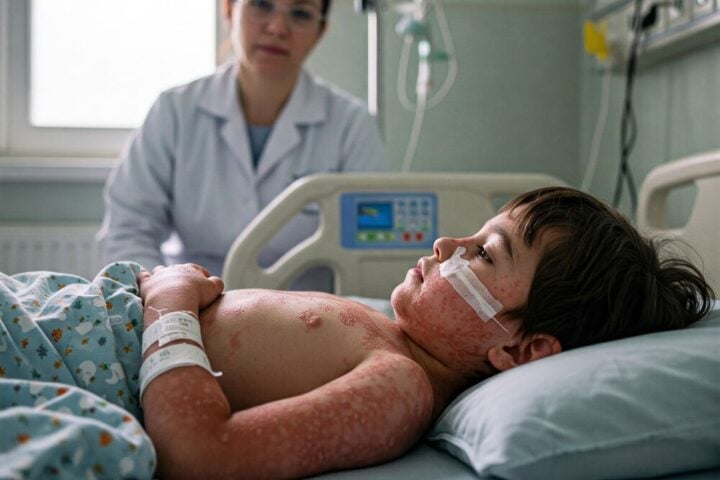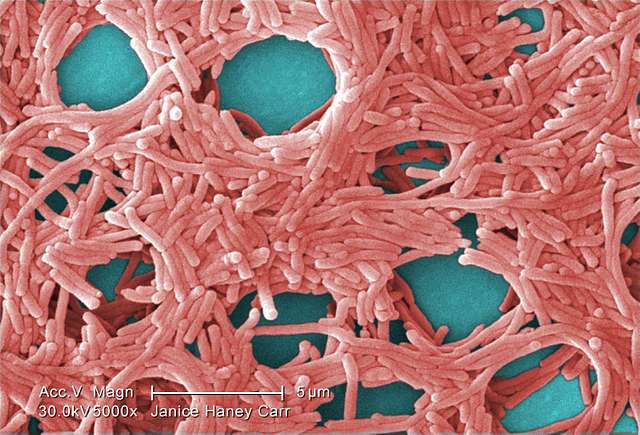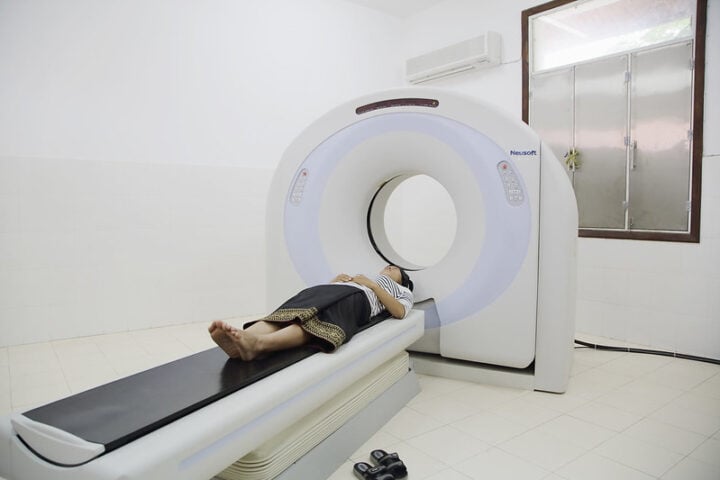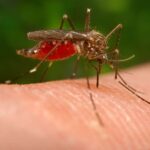The Texas Department of State Health Services reported the state’s first locally transmitted dengue fever case of 2024 in Cameron County, marking a concerning development in what has become the highest annual case count since 2002.
Texas has documented 106 travel-associated dengue cases this year, including one death. What makes this latest case particularly notable is that the infected individual had no history of travel to regions where dengue typically spreads.
“It has been a highly active year for dengue virus globally,” stated the Texas Department of State Health Services in their Monday announcement. The agency’s data reveals that since 2013, Texas has recorded 665 dengue cases, with 40 of these acquired locally across Cameron, Hidalgo, Starr, Val Verde, Webb, and Willacy counties.
The Texas Department of State Health Services notes that mosquitoes remain active through November and December in Texas. The state health officials emphasize the importance of early diagnosis and treatment for dengue fever.
The virus’s transmission pattern follows a precise timeline – infected individuals may develop symptoms within three to 14 days after a mosquito bite. About 25% of infected individuals become symptomatic, experiencing fever, muscle aches, joint pain, bone pain, eye discomfort, headaches, nausea, vomiting, and rashes. Recovery typically occurs within two weeks, but approximately one in 20 symptomatic people develop severe infections that can be fatal if left untreated.
More Stories
Current national statistics paint a broader picture – the CDC reports at least 4,962 cases across the United States, with Puerto Rico bearing the majority of the burden. Florida has documented 53 locally acquired cases, while California reports 15.
The CDC’s June health alert warned of increased infection risks. According to the CDC, global cases of dengue have been the highest on record, with the agency noting that cases are likely to increase as global temperatures rise.
Prevention remains straightforward but crucial. The Texas Department of State Health Services advises residents to wear long sleeves and pants, apply insect repellent consistently, and eliminate standing water where mosquitoes breed.
Historical context shows this isn’t Texas’s first encounter with dengue. Last year, the state reported one locally acquired case among its total of 79 cases. The CDC reported that the first half of this year had 9.7 million dengue cases reported in the Americas, that’s almost twice as many reported in the entirety of last year, that is 4.6 million. The CDC and state health officials continue monitoring the situation, particularly in Cameron County, which borders Mexico and houses approximately 425,000 residents, including the city of Brownsville. With mosquito season extending through year-end, the Texas Department of State Health Services continues to emphasize prevention measures for containing this outbreak.
